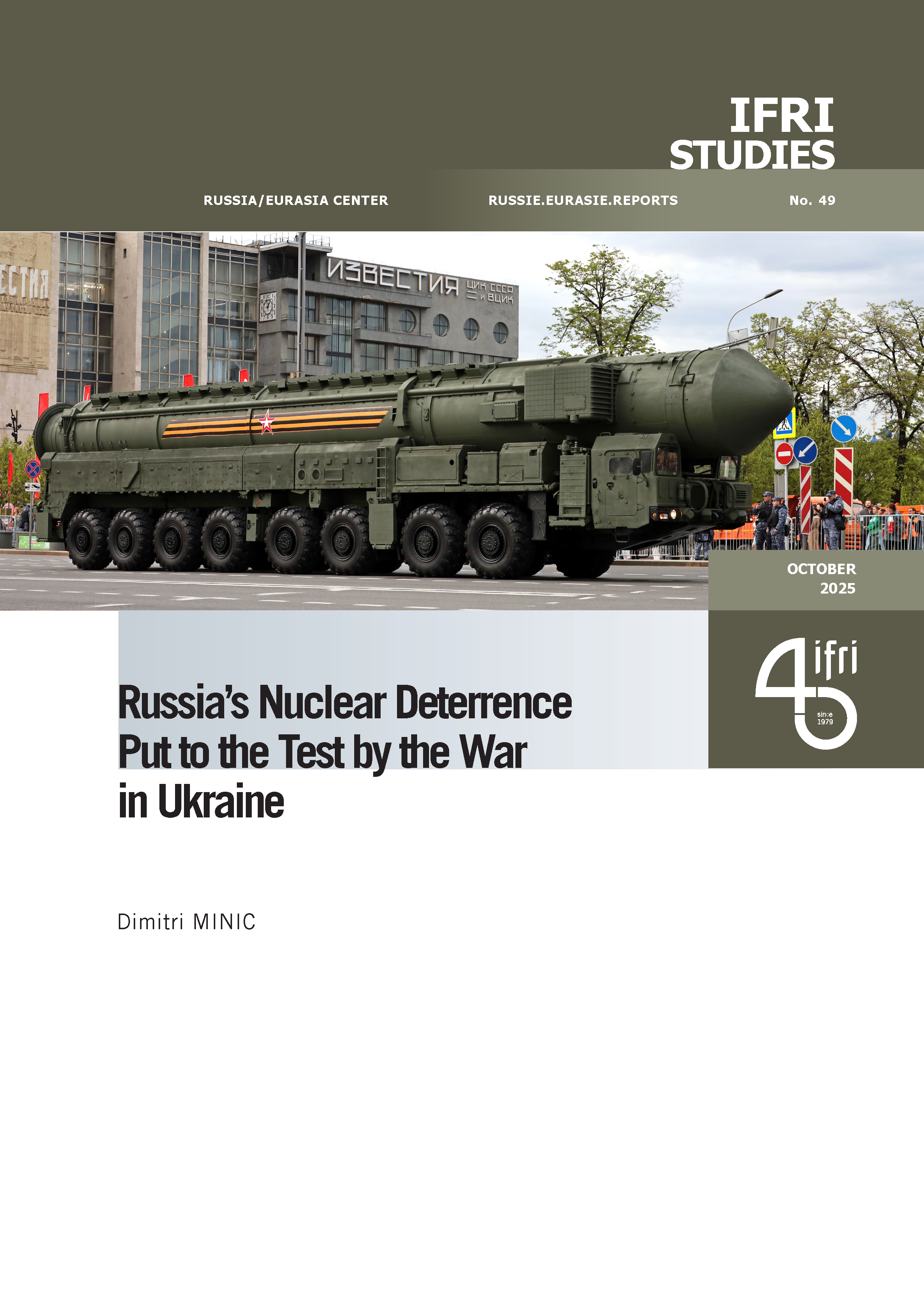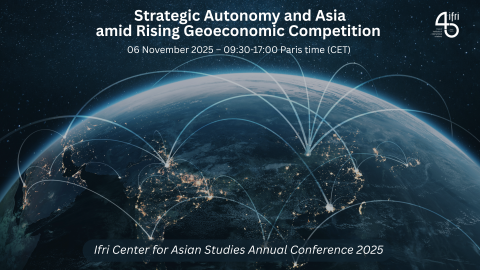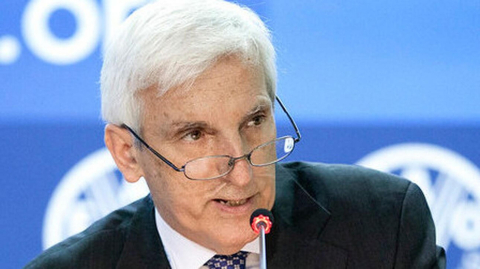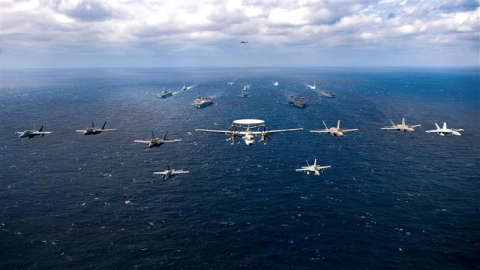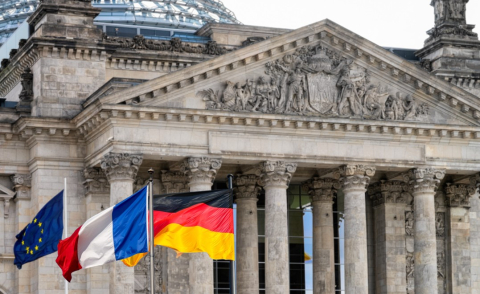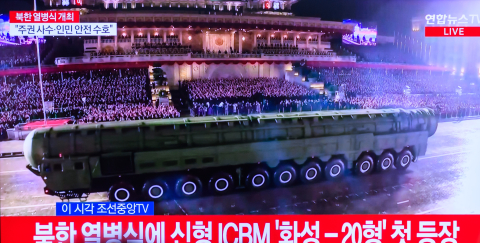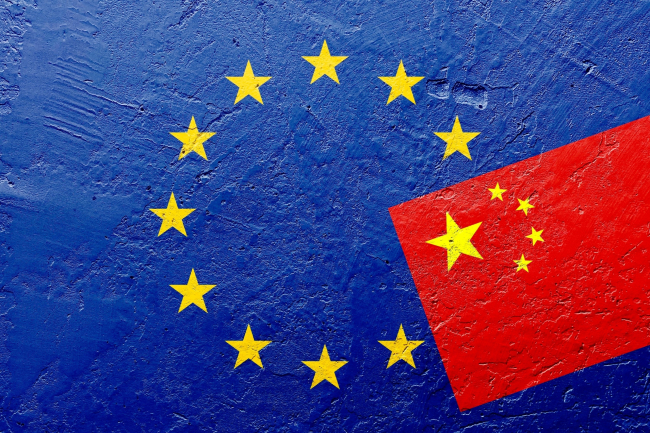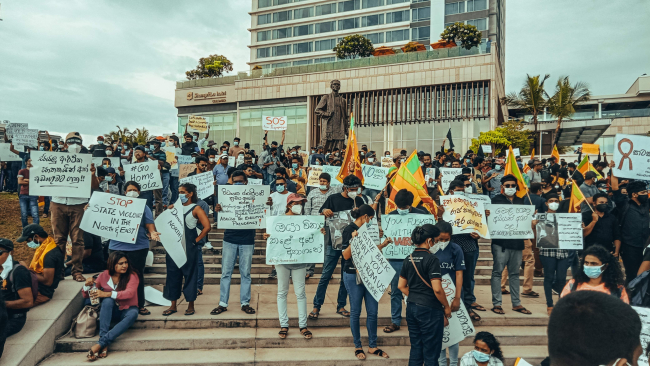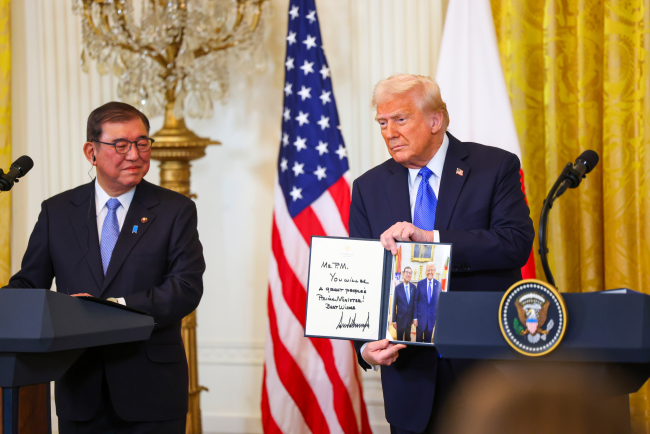The Eastern Dimension of the European Neighbourhood Policy (ENP)

Report written by Christian Schülke, Junior Research Fellow, Ifri Brussels
As the press has been widely reporting on the main points of the Commission’s Eastern Partnership proposal (the communication has been presented on 3 December, COM(2008) 823 final), John O’Rourke focused on some particular issues. He mainly concentrated on those aspects that make the proposal different from the Union for the Mediterranean (UfM).
First of all, one should be well aware that the political stability of the partner countries is the leitmotif of the Eastern Partnership. Unlike in the UfM, consolidating the statehood of these countries, which are all successor states of the USSR, is indeed a primary goal of the Eastern Partnership. The European Commission has been addressing this issue in the past, as especially the frozen conflicts in the region are a major concern. The war in Georgia this August has still accentuated this point.
What is more, the current financial and economic crisis has, according to Mr. O’Rourke, underlined the need to step up the EU’s efforts in dealing with its Eastern neighbours. The partner countries addressed by the Eastern Partnership will be struggling hard to cope with the consequences of the crisis, as their overall political and economic capacities are less developed than those of the EU members.
Another difference compared to the UfM concerns the emphasis on conditionality. The EU is willing to extend its helping hand to the partner countries, but it will be firm at the same time: the partner countries need to show that they are willing to share EU values. Only if it is certain that both sides share common values, the EU can conclude new and far-reaching agreements. Some concerns do exist in this context, as the elections held this year in some partner countries (in Georgia, Azerbaijan and Belarus for instance) were far from being “free and fair”. The EU definitely has important expectations towards the partner countries in this context: the new proposal is all but a present to the partner countries.
Finally, one special feature of the Eastern Partnership concerns the idea of proposing opportunities to some of the partner countries that others of them are already enjoying. Precisely, some forms of cooperation already in place with Ukraine (visa facilitation, free trade) could be extended to the other countries of the group. Mobility is an important issue in this context. The EU should push forward visa facilitations, and it should be considered to abolish visa fees, and, in the long term, to introduce visa-free travel. The economic impact would be limited, as EU member states earn a mere $75 million per year from visa fees levied in the six countries. Free visa would be considered an important gesture of goodwill, as visa fees even as low as €35 (in the case of Ukraine) do pose problems to many Ukrainians, given the country’s low average income. In this context, one should remember that EU citizens do not need a visa when travelling to Ukraine. At the same time, more efforts in border management must be undertaken by the partner countries if far-reaching agreements in this field are to be taken, in order to make it a win-win situation for both sides.The Eastern Partnership proposal also addresses energy security, as the countries of the region are important transit countries (Azerbaijan also being an important exporting country). So a deeper dialogue on this issue will be mutually beneficial.
What is more, the proposals concerning regional and economic development are a new feature in the neighbourhood policy. In fact, the Commission proposes to develop with partner countries economic and social cohesion programmes inspired by EU experience. The solidarity mechanism operating within the EU should be reproduced within partner countries, especially when it comes to stabilising these countries’ statehood. This issue is very important in Ukraine, where strong regional differences exist. It might be however too weak to address frozen conflicts like those in Moldova and Ukraine.
The Commission’s proposal has taken over the multilateral track of the Eastern Partnership, as it has been proposed by Sweden and Poland. But one should be aware that the Commission still prefers bilateral approaches, as those have proven more effective in dealing with third countries. Furthermore, the countries addressed by the Eastern Partnership have few to gain from multilateral approaches, as they are rather disparate geographically. But the multilateral approach can still be useful, especially when it helps to develop the bilateral relations. A summit at the level of heads of state and government between the EU and the partner countries for example would give a higher political visibility to the Eastern Partnership.Flagship initiatives will be another important issue within the Eastern Partnership. They are indeed desired by EU member states and the partner countries alike, so it would be in the common interest to move forward on issues like integrative border management, the Southern energy corridor and energy efficiency. Also in this context, it is very positive to note that the Commission’s DG Budget has agreed to step the budget of the Eastern dimension of the European Neighbourhood Policy. If the EU wants to pursue the regulatory approximation in the partner countries, meaning that they will integrate EU standards and the EU model, the EU needs to help these countries also financially. Mr. O’Rourke hence welcomed the idea of allocating €350 million to the Eastern Partnership for the period 2010-2013.
John O’Rourke’s presentation was followed by a debate with the audience. Questions touched upon the similarities and differences with the UfM (like the question of an own secretariat for the Eastern Partnership) and the risks linked to the Eastern Partnership: it could be perceived as a very first step towards EU membership, an offense towards Russia and a competitor to the UfM. Unsurprisingly, Mr. O’Rourke underlined that the Commission has well thought about these issues and he thinks that these risks will not materialize. Other questions concerned first reactions from the partner countries, Russia and, last but not least, the Council. On the latter, John O’Rourke predicted that the European Council in March 2009 will decide on the details of the proposal, with could then be launched under the Swedish presidency.
Related centers and programs
Discover our other research centers and programsFind out more
Discover all our analysesExpanding SPDMM as a pivotal institution in the Pacific – A French perspective
The South Pacific Defence Ministers’ Meeting (SPDMM) is the only forum that brings together defense ministers from the wider South Pacific — including Chile, which is hosting it for the first time. This heterogeneous group of countries with varying resources, capacities, and interests — Australia, Chile, Fiji, France, New Zealand, Papua New Guinea (PNG), and Tonga — are united by their shared determination to strengthen cooperation on maritime security and humanitarian assistance and disaster relief (HADR) activities.
EU’s Derisking From China: A Daunting Task
With economic security as a major concern, the EU has recently turned to “derisking” from China. The EU strategy entails reducing critical dependencies and vulnerabilities, including in EU supply chains, and diversifying where necessary, while recognizing the importance and need to maintain open channels of communication.
Sri Lanka’s NPP Government. From System Change to Structural Compliance
In September 2024, a relative outsider to Sri Lanka’s two-party-dominated political system, Anura Kumara Dissanayake, won the presidential elections. The anti-establishment, populist movement he represented, the National People’s Power (NPP), went on to receive an overwhelming mandate in the November 2024 general elections, winning 159 seats in a 225-member parliament.
Japan Under Trump: Alliance Strains, the Push for Autonomy and Essential Partnerships
Japan is under pressure from the United States (US) on punitive tariffs and demands for increased defence spending. This has sparked deep concern over US credibility and triggered growing domestic calls for greater autonomy.



